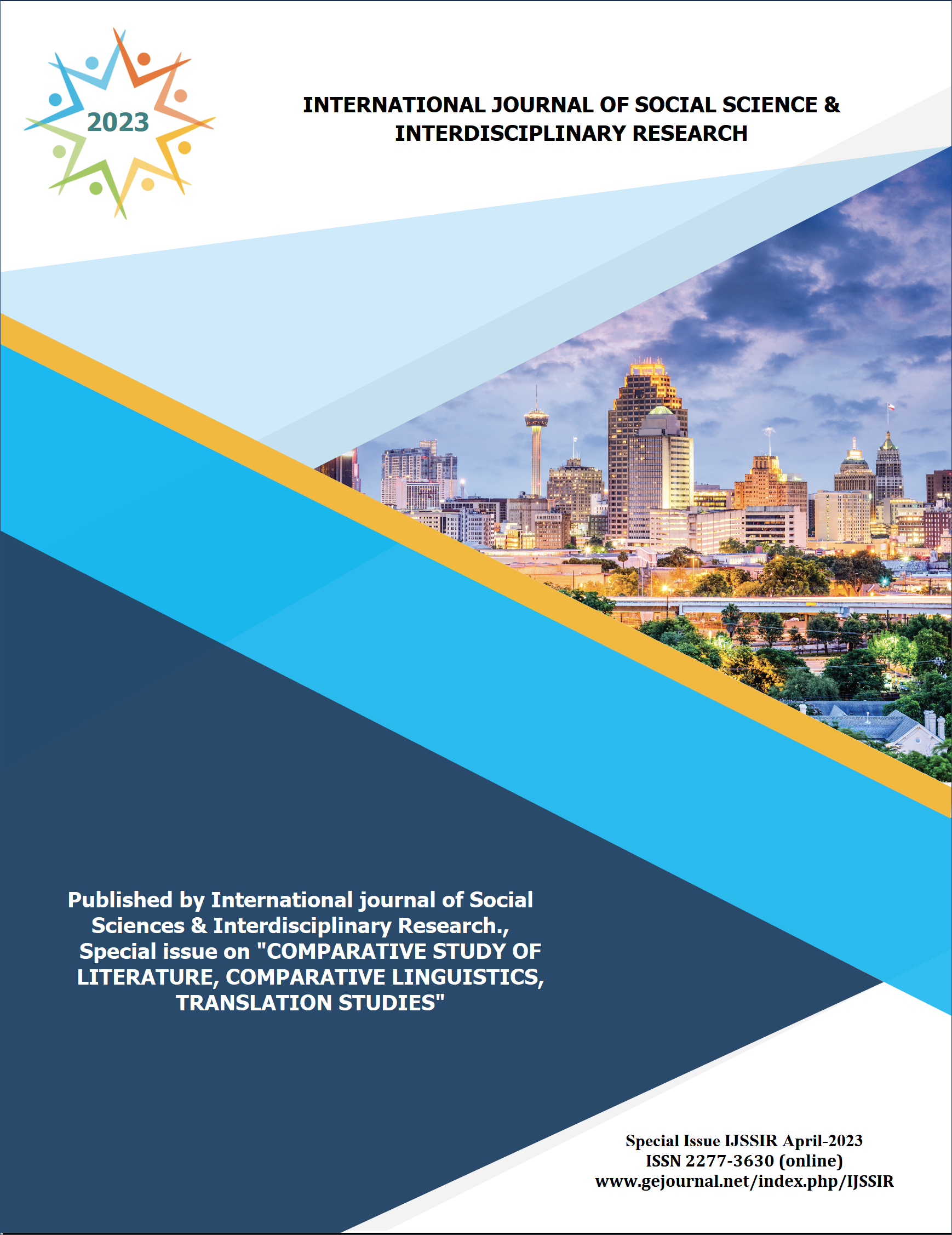THE USE OF PEER-ASSISTED LEARNING STRATEGY IN DEVELOPING SCHOOL LEARNERS’ COMMUNICATIVE SKILLS
Keywords:
learning process, interlocutor, communicative abilities, speech communication, speech activity, elementary school, experience, human communication, knowledge, skills, abilities.Abstract
Recently, special importance has been attached to the communicative education of schoolchildren, since success in speech development determines the effectiveness of mastering other school disciplines, creates prerequisites for active and meaningful participation in public life, provides children with the skills of speech behavior necessary in their personal life, and a culture of speech development.
References
Arefyeva, O.M. Features of the formation of communicative universal educational skills of younger schoolchildren / O.M. Arefyeva // Elementary school plus Before and After. - 2012. – No. 2. – pp. 74-78.
Agafonova, I. N. Program "Communication lessons for children 6-10 years old "Me and us" / I. N. Agafonova. – St. Petersburg, 2003. – 45 p.
Batueva, G. M. Communicative tasks as a means of forming communicative skills in younger schoolchildren / Batueva G. M. – Kaliningrad, 2003. – 191 p.
Zaitseva, K.P. Formation of communicative abilities of younger schoolchildren in educational activities / K.P. Zaitseva // Elementary school plus Before and After. - 2011. – No. 4. – pp. 78-83.
Downloads
Published
How to Cite
Issue
Section
License
Copyright (c) 2023 GEJournals

This work is licensed under a Creative Commons Attribution-NonCommercial-NoDerivatives 4.0 International License.





